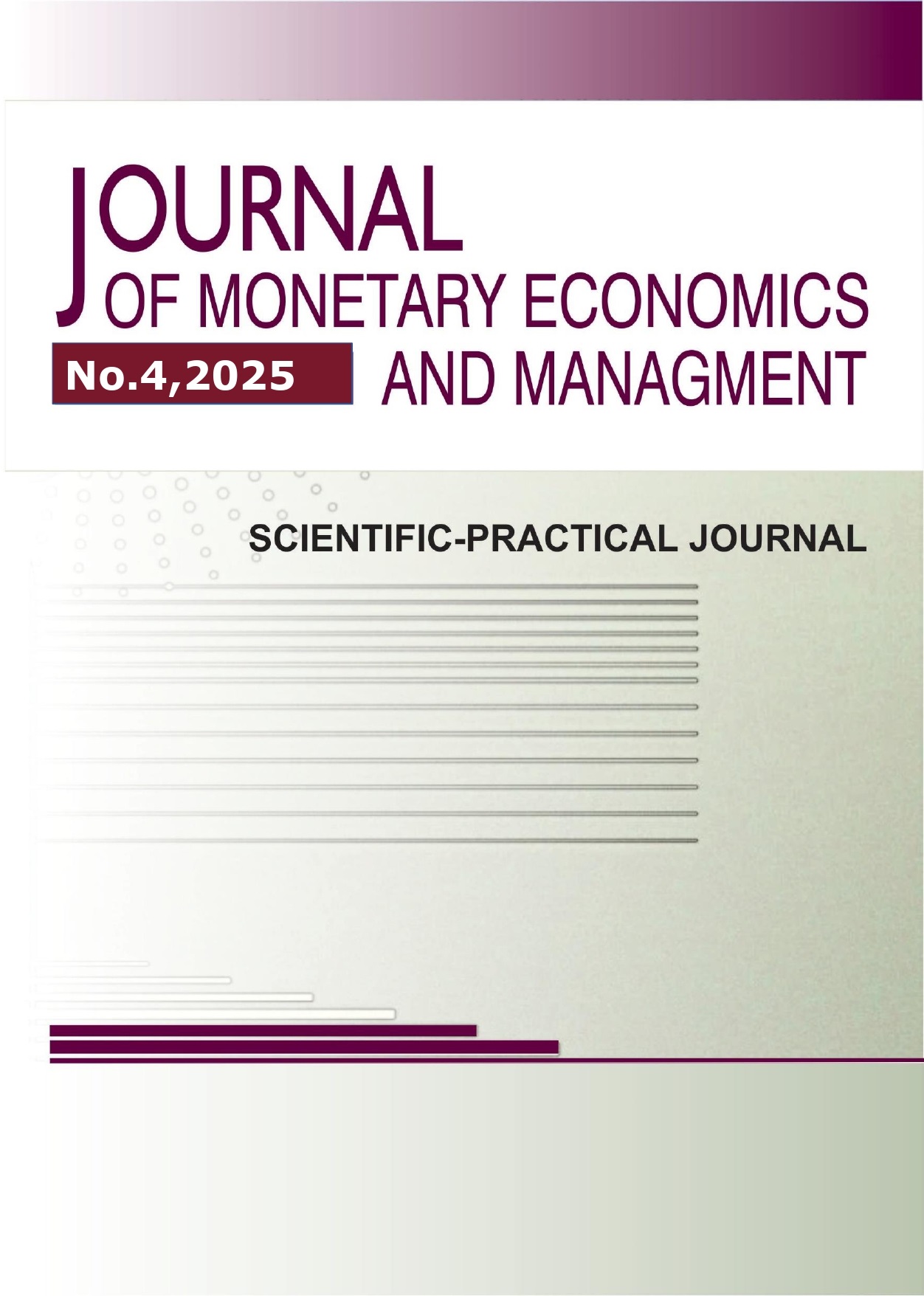The article presents a modeling of the potential impact of commercial insurance and reserving on the value of a company's assets using the Houston method. The purpose of the method is to select the most effective risk management method. At the same time, the main choice of risk management method in relation to property risks is often the choice of a successful "proportion" between risk transfer in the form of classical commercial insurance and risk retention in the form of creating an optimal reserve amount. As a result of the analysis, we concluded that choosing insurance as a risk management method would bring more benefits to companies that have a return on operating assets close to a high return on the risk fund. At the same time, based on the found range of an acceptable insurance rate, in order to increase the effectiveness of the risk management system at the level of economic entities, it is possible to recommend combining two risk management tools in different proportions depending on the return on the risk fund assets on the market and the return on the operating assets of the company itself in the relevant period.
houston method, risk management, insurance, reservation, risk fund profitability, operating assets, acceptable insurance rate
1. Delavallade C. et al. Managing risk with insurance and savings //Experimental evidencfor male and female farm managers in West Africa. – 2015.
2. Ehrlich I., Becker G. S. Market insurance, self-insurance, and self-protection //Journal of political Economy. – 1972. – T. 80. – №. 4. – S. 623-648.
3. Houston D. B. Risk, insurance, and sampling //The Journal of Risk and Insurance. – 1964. – T. 31. – №. 4. – S. 511-538.
4. Houston, David B., and Richard M. Simon. “Economies of Scale in Financial Institutions: A Study in Life Insurance.” Econometrica, vol. 38, .no 6, Econometric Society, 1970, pp. 856-864.
5. Pannequin F., Corcos A., Montmarquette C. Are insurance and self-insurance substitutes? An experimental approach //Journal of Economic Behavior & Organization. – 2020. – T. 180. – S. 797-811.
6. Raulston J. M. et al. Does Crop Insurance Reduce the Need for Cash Reserves in Savings Accounts?. – 2010.
7. Borodavko L. S. K voprosu ob ekonomicheskoy suschnosti strahovaniya investiciy / L. S. Borodavko // Izvestiya Irkutskoy gosudarstvennoy ekonomicheskoy akademii. – 2012. – № 1. – S. 42-45. – EDN OPQQSF.
8. Golovan' S. A. Teoreticheskie podhody k opredeleniyu riskov startap proektov / S. A. Golovan', V. V. Bednarzh // Aktual'nye voprosy sovremennoy ekonomiki. – 2022. – № 11. – S. 351-357. – EDN JBXSAE.
9. Infrastrukturnye aspekty upravleniya social'no-ekonomicheskimi sistemami / I. Yu. Sol'skaya O. I. Rusakova, A. S. Merkulov [i dr.]. – Irkutsk : Irkutskiy gosudarstvennyy universitet putey soobscheniya, 2022. – 310 s. – ISBN 978-5-98710-386-9. – EDN DNQYLU.
10. Kolesnik N.N., Kuznecova A.V., Bezmaternyh A.O. Mehanizmy upravleniya riskami v logistike // Modern Science. 2021. № 5-1. S. 93-97. https://www.elibrary.ru/item.asp?id=45736876
11. Stefanova N.A., Skakun O.O. Riski i problemy organizaciy v epohu cifrovizacii //Journal of Monetary Economics and Management. - 2024.- №1. – S.103-113









